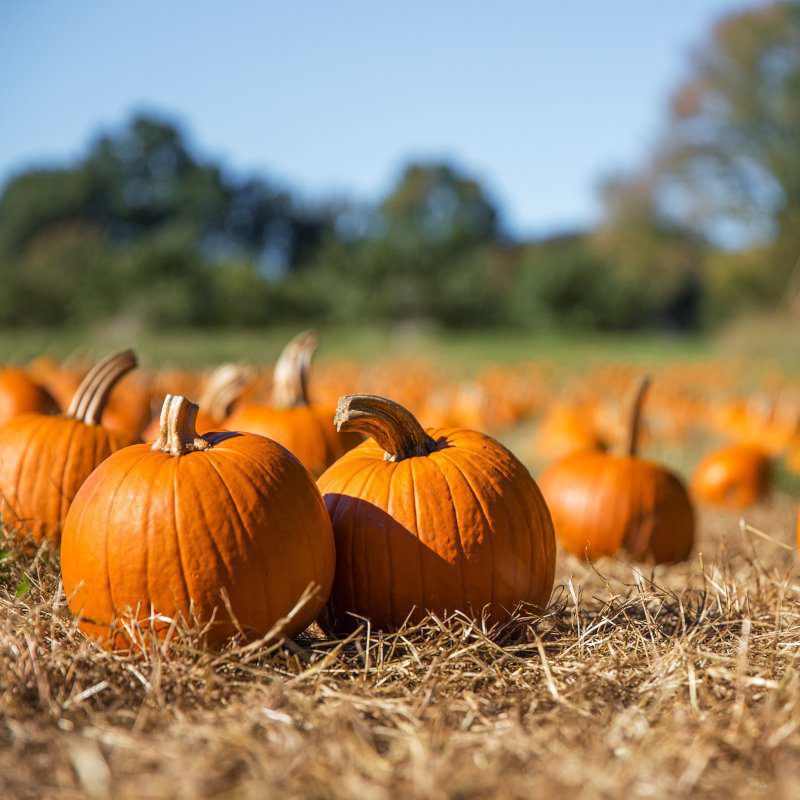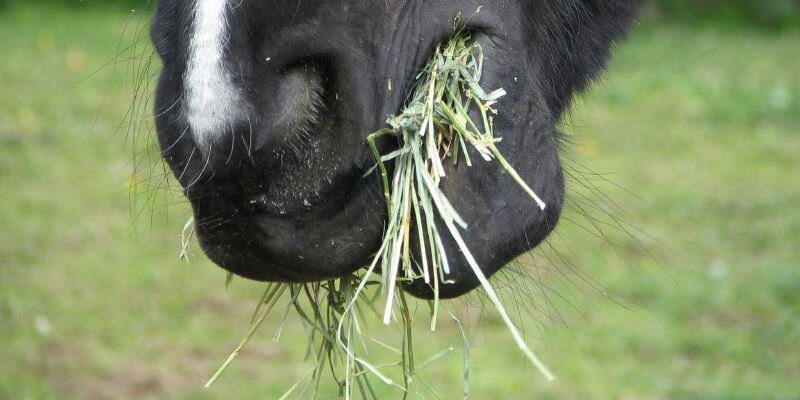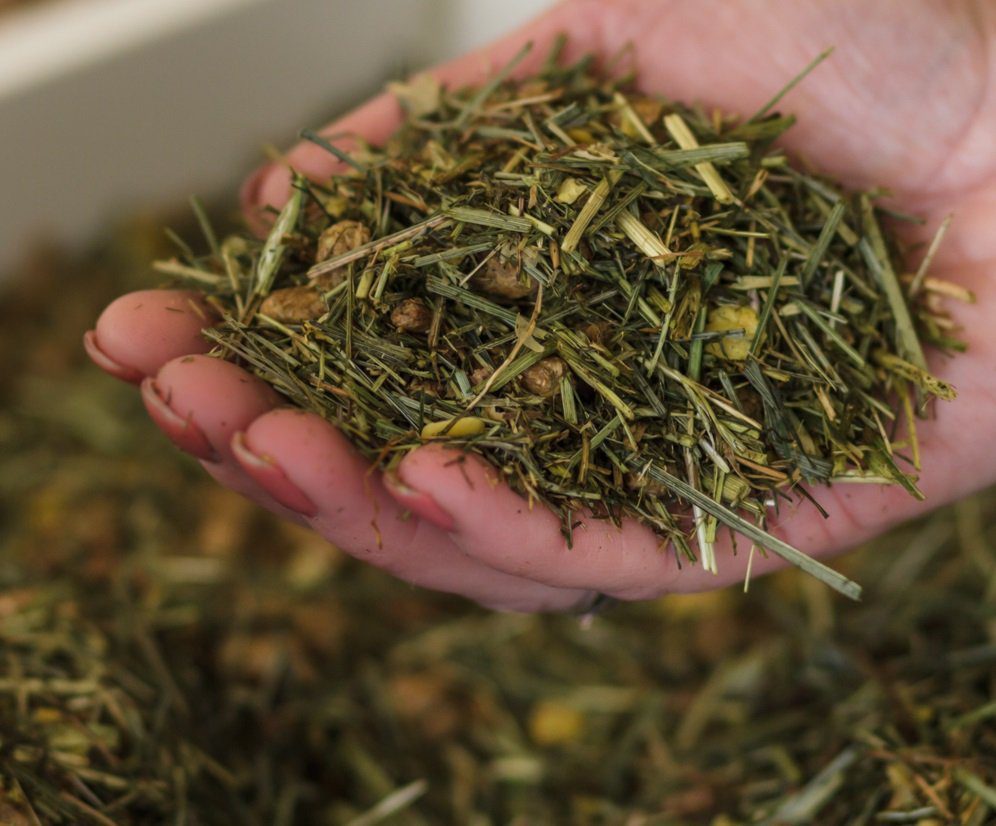As with all horses, it is important to ensure that breeding horses are fit and appear in good form. To achieve this, the nutritional side of things must be considered carefully. Without attention to detail in this area, the chances of having a horse at the optimum health level for breeding success are diminished.
Feeding a stallion in the breeding season
Taking the stallion as the first consideration in the breeding process, it is important that he is in good health with a diet able to support the stud activity expected and asked of him.
Nutrient requirements will alter during the breeding season, and requirements of a stallion during this time can be comparable to a specialist performance horse due to the “work” done. It is therefore likely that during a normal breeding season, the energy and nutritional requirements of the stallion may well increase by up to 25% from normal maintenance levels.
On a basic level, ensuring the stallion is at the correct weight and condition is essential. Condition scoring (ranging from 1-5 – very thin to obese respectively) is a common and beneficial way of monitoring the stallion’s weight. (Ask your vet for advice on scoring if you have doubts as to how to go about it and sometimes condition scoring ranges from 1-10).
An underweight stallion with a score of less than three may well have compromised performance due to lack of reserved energy resources. This can not only cause lacklustre performance, but also may affect the quantity and quality of semen produced. Similarly, an overweight stallion with a condition score of over seven may have his fertility compromised.
Overweight stallions and breeding
Some stallion owners think it is more acceptable to have a horse that is overweight as opposed to underweight. This is probably caused by the misguided notion that bulk and size determine seed quality and reproductive success. But in fact, there are likely to be more issues associated with an overweight stallion than one who is underweight. The fitness and stamina levels required by a stallion covering many mares in a season demands the use of large amounts of expendable and diet-driven renewable resources. Excess weight may in turn contribute to the risk of heart conditions, arthritis and laminitis, not to mention a lower libido.
Year-round maintenance of breeding stallions
Ideally a stallion should be maintained within the condition score region of 3 through the year, but may obviously be susceptible to losing condition during the breeding season due to energy expenditure. Regular checks should be reflected by either enhanced or reduced feeding patterns depending on his condition.
Typically, the approach taken to adding more energy into the diet is through the addition of starches and sugars, such as grains and molasses. However, the horse has evolved to primarily ingest and digest fibre, and all aspects of the digestive anatomy support this principle. The addition of foreign feedstuffs containing high starch and sugar levels may increase the potential for problems such as gastric ulcers, obesity, insulin resistance and laminitis, as well as fizzing the horse up to unacceptable levels.
There are alternative methods of providing the stallion with the energy he requires, rather than introducing higher levels of starch and sugars – fibre is accepted as a primary factor in the diet. High quality forages with the addition of vegetable oils such as linseed have numerous health benefits. These include providing essential amino acids that the body cannot synthesise on its own, along with providing a slow-release form of energy that does not have the associated dietary problems that starch and sugar create.
Eliminating problematic feeds and concentrating on a simple but effective nutritional plan which compliments the work load will go a long way in helping stallions perform to their best in the breeding season.
The mare
The mare’s requirements are similar to those of the stallion, albeit she will have different nutrient and energy requirements at different times during the year.
Unlike the stallion, whose requirement we have broken down to two stages (maintenance and the breeding), the mare has three: maintenance, pregnancy and post-natal. These stages all require slight adjustments to her feeding programme. Bear in mind that a large amount of overall health is diet-attributable, and if the mare is not getting the correct nutrient resource at the right stages, she may well not be supplying the best nutrition to her foetus and/or foal at foot.
Correct condition for pre-covering mares
The first aspect to consider is getting the mare into the correct condition pre-covering. She needs ideally to be fit and healthy if a maiden or empty broodmare. And if she has a foal at foot, she should be fully recovered from birthing and feeding her foal easily and without issues.
The mare’s body will be subjected to a significant amount of stress in later stages of pregnancy. Therefore the initial work of making sure the mare is in good health and has adequate nutrition is essential.
One of the best ways to ensure that the mare is in good and healthy condition is to make an honest assessment of the mare on the body scoring system described above. A score of somewhere in the area of 3 is about perfect.
It is generally accepted that to try and increase the conception rate, the mare should be on a rising plane of nutrition – known as flushing. This involves the mare being fed more energy-rich food between two and three weeks prior to conception. This mimics the natural spring flush of the grass.
Feeding a mare during pregnancy
During the first eight months of pregnancy in the maiden or brood mare (without foal at foot), the nutritional requirements do not vary a great deal in comparison to those normal maintenance levels. This is because the aim is to maintain body condition as much as possible. Little or no additional nutrition is required.
Ideally, mares up to eight months pregnant should receive around 10% protein and the normal vitamins and minerals that are usually required for her maintenance. However, if these nutrients are deficient in the diet (especially protein and vitamin A), or are significantly imbalanced, they may contribute to problems in embryo loss.
Feeding the mare correctly during her pregnancy also has beneficial effects for the rebreed. From month eight onwards, there is rapid foetal growth and approximately 60-65% of the foetal weight is developed in the last 90 days of pregnancy. This is when the energy, calcium and protein requirements go up. Supplementing protein is recommended, and a diet around 15% protein should be supplied during this time.
It is essential to meet the nutrient requirements during the last trimester of pregnancy for the benefit of both the mare and the unborn foal. Failure to do this can at times cause lactation to be affected and the foal may be subjected to reduced birth weight. It is wise not to include high percentages of starch in the mares feed ration while pregnant, as this has been known to contribute to the unborn foal having a weakened skeletal structure.
The mare can produce up to 3% of her bodyweight in milk, which is rich in energy. This can vary from mare to mare depending on her natural ability to produce milk, and is influenced by energy intake from food consumed and water availability. Required feed intake rises from the stage of initial colostrum production to the end of the first three months of lactation. There is also a greater demand for protein in this period. Other nutrients that are important during lactation are calcium and phosphorus, as a deficiency can result in a reduced milk output.
The foal
The foal must receive the correct amount of energy and nutrition, as an imbalance can result in problems that can affect the rest of its life. One of the most important things to ensure is that the foal receives the mother’s colostrum within the first 8-12 hours of being born. This contains vital antibodies which will serve to help protect the foal from infectious diseases.
The mother’s milk will be the primary source of nutrients and energy for the next three months, although within that time the foal will start to explore other types of feed. It is not until the mare’s milk supply begins to drop off after around three to four months, that the foal will need to have a supply of alternative feed other than good grass. This feed needs to give the foal the correct balance of energy, vitamins, nutrients and minerals, ensuring a steady growth rate and an adequate supply of everything a growing foal requires. It is more beneficial for a foal to grow slower for a longer amount of time, in comparison to a fast growth rate in a short amount of time.
Weanlings and feed
At around six months, the foal is usually weaned, and this can cause several problems in terms of diet. There is a lot of stress put upon the weanling in terms of dealing with separation from the mother, and this can have an effect upon appetite. Feed management should be kept constant, as any change of feed at this time can add to stress on the weanling.
It is important to ensure that from birth, to weaning, and then on into its first year, the foal is not receiving too much energy through starch. Oversupply of carbohydrate and energy in the diet can lead to growth disturbances. The risk of developing these usually decreases after one year of age or after the youngster has reached 90% of its mature height.
It is crucial that throughout feeding, the young stock is supplied with good quality forage, that concentrate feed is provided in relation to the quality of pasture, condition is checked regularly to assess growth rate, high starch feeds are avoided, and the balance of vitamins and minerals are in accordance to the breed and type of horse.






